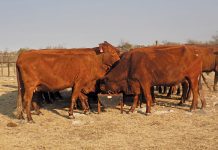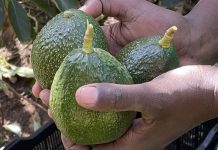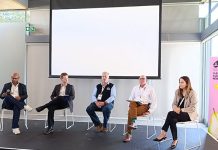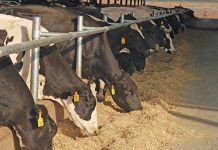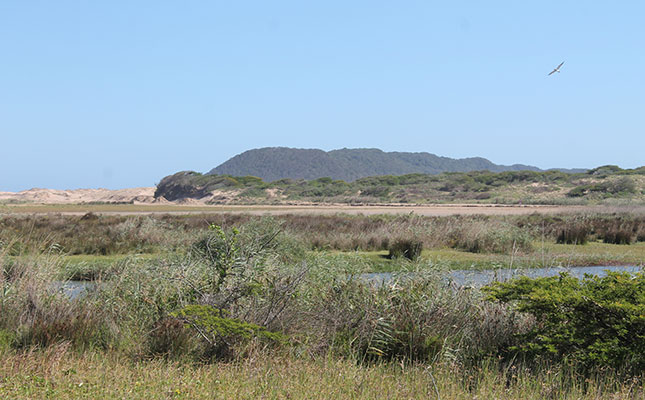
Menne recently told Farmer’s Weekly that information being provided to media by iSimangaliso’s management was “painting a pretty PR picture, while many problems are being ignored and surrounding communities are not doing very well”.
He said information from iSimangaliso indicating that the Umfolozi River provided 60% of Lake St Lucia’s freshwater needs while the remaining 40% came from a combination of the Umkuze, Mzinene, Hluhluwe and Nyalazi rivers was, to the best his knowledge, not supported by evidence.
READ Rewilding of iSimangaliso well on track
He was responding to iSimangaliso’s current efforts to remove dredge spoil that artificially separating the mouth of the Umfolozi from that of the nearby Lake St Lucia estuary for many decades in order to allow the two water bodies to interact naturally again.
The iSimangaliso Wetland Park Authority, said Menne, “is just a government structure established to manage the area, but which behaves more like a mining company in terms of its one-sided propagandist press releases.”
Also critical of iSimangaliso’s removal of the dredge spoils was local resident, Petrus Viviers. He highlighted his views on the subject in his ‘Delta mouth will fail our children’ video clip posted on YouTube.
Here, he said removing the dredge spoils would severely threaten the ecology of Lake St Lucia and the ecosystems that it supported.
“The fanatical obsession” of the iSimangaliso “with getting water from the Umfolozi River into the St Lucia estuary by implementing an unworkable pie-in-the-sky artificial scheme at great public expense is an indication of a narrow interest in trying to sustain only a small part of the ecosystem, while allowing the natural lifeblood of the lake to be stolen by the sugar and timber industries,” said Menne.
Responding on behalf of iSimangaliso, Terri Castis told Farmer’s Weekly the organisation’s ‘forward-looking’ management strategies were always developed on the basis of best available science and on sound management practice.
“For example, the new management plan for the Lake St Lucia system was developed after much scientific research, which included extensive public consultation. Similarly, the park’s integrated management plan has been revised and updated and was also issued for public comment and consulted at various meetings,” said Castis.
People were a vital part of iSimangaliso’s landscape and had to derive benefits from the park if it was to remain relevant, said Castis. It was, therefore, important for the long-term conservation of iSimangaliso that communities living in and around the park were engaged by iSimangaliso’s management on an ongoing basis.
“In so doing, we recognise that at times we may not be able to meet the particular needs of an individual or interest group to the extent that they would have liked. iSimangaliso manages the park not for sectoral interests, but for South Africa, the international community and, importantly, for future generations,” said Castis.
Menne’s observation that the restoration of the hydrological function of the lake St Lucia system was an artificial scheme intended to sustain only a small part of the iSimangaliso system was incorrect, she added.
“iSimangaliso’s strategy is to enable the system to function as naturally as possible.”



